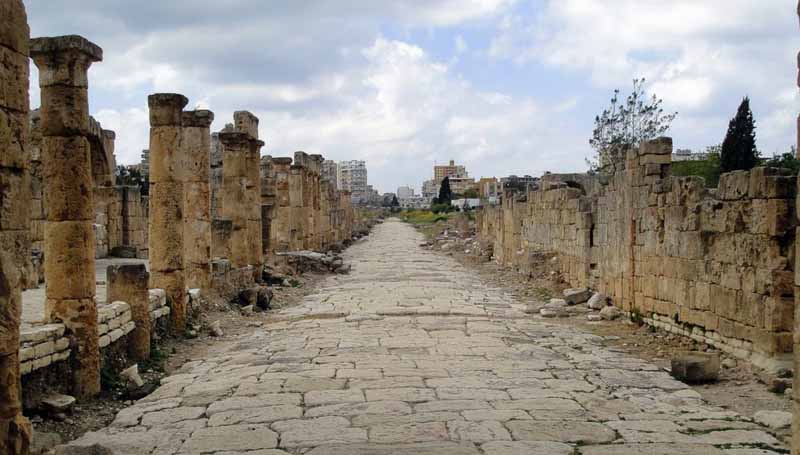Rome, From Start to Finish
Rome which was founded by two brothers,
began to expand under many different leaders, and acomplished many magnificent engineering feats.
Rome was one of the greatest ancient empires ever to exist. It had been
said that Rome was
started by two little baby brothers named Romulus and Remus.
These two babies were dropped on a
river bank by their evil uncle, but thanks to a caring
mother wolf, these two babies grew to be adults.
The two brothers started to build a great city, but not
surprisingly, began to quarrel over the
construction. This small quarrel turned into a very violent
fight. The fight ended with Remus being
slain,and Romulus working by himself. Romulus was very prideful
because of his great city, and he
wanted his name to be remembered. He named the new city Rome, and he
crowned himself as king
over the entire city. Romulus was followed by six other kings, and these
great kings are what made
the Roman empire great.
Rome as an empire, grew through the
rule of kings, Roman Republicans,and finally Emperors.Rome began under the rule of kings. These kings only ruled
for a short time, and after only six kings had ascended the throne, Ruthless Rallies of
Republicans decided that the rule of monarchs should be ended. They did not waste time. Then Rome turned to the
Rule of a Republic. This was a much more permanent solution, but like the kings, it did not last
forever. Because of this, the Republicans decided to make their reign count. The consuls, which were part of
the Republic, were the most powerful. They were elected once every year, and they were only made up of
citizens of royal families. This was also true for the senate, since Rome would not acknowledge the
importance of commoners. Some consuls were fruitful for Rome, but one fateful year, Rome plunged
into utter chaos. One consul, named Julius Ceasar , seized the throne as his own, and Rome turned back
to a one man rule. This was only possible after Ceasar had impressed
many people, but he had not impressed all. A group of Senators murdered Julius Ceasar. Rome once more changed their motives, and
they elected emperors. Rome did not want another Julius Ceasar , so they returned the power to one
individual. Under the rule of emperors, Rome weakened, and after a last struggle for life,
Rome collapsed in A.D. 476. Rome had evolved through the rule of kings, a Republic, and had
collapsed under the rule of Emperors.
Rome
grew from a small settlement to one of the greatest empires to ever exist,
partially
because of its magnificent engineering. Rome built for itself over 50,000 miles of
magnificent roads,
inspiring the famous saying “All roads lead to Rome.” Surprisingly, this saying, which is well
known up to this day, is not far from true. Rome conquered almost all of the known world
at that point. Each time they conquered a city, Rome constructed a road from this
foreign land to the country of Rome. As
Rome grew, so did this major system of roads. Rome was known not only for their roads, but
also for their intricate system of Aqueducts. After being constructed, these Aqueducts
carried water down from surrounding mountain.
Because of these Aqueducts, Rome was provided with hundreds of thousands
of gallons of water each day.
Rome continued to expand. Rome also erected a famous structure known as the Colosseum. It was
given this unusual name because of the colossal statue of the emperor Nero nearby. The Colosseum
held between 50,000 and 80,000 spectators.
At the Colosseum there were many varieties of very violent shows. Hunts, gladiator fights, and executions were
the shows of choice in ancient Rome, and the Colosseum held all of these. The Circus Maximus was an even larger stadium that held up to 500,000 spectators, and is best known for
hosting the chariot races. Rome grew rapidly from a small city to an advanced Society, largely because of
its engineering.
From
its founding by two brothers, to its political leaders or engineering feats,
Rome showed itself as one of the greatest world power.
By: Aidan
Grade: 6/Age: 11
By: Aidan
Grade: 6/Age: 11
Bibliography
Doe, Jane. “Ancient Rome.”
Doe, Jane. “Ancient Rome.”
Verstegen’s
Encyclopedia of History. 2008. Print.
Smith, John. “A Great Empire.”
Verstegen History
Books. 2010. Print.
“Roman Engineering
Feats.”
FamousFeats.com. May,
2012.

No comments:
Post a Comment